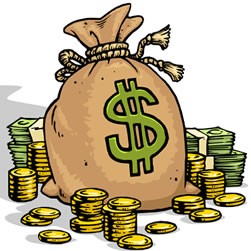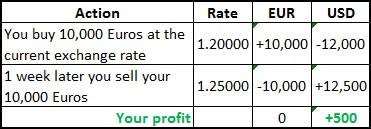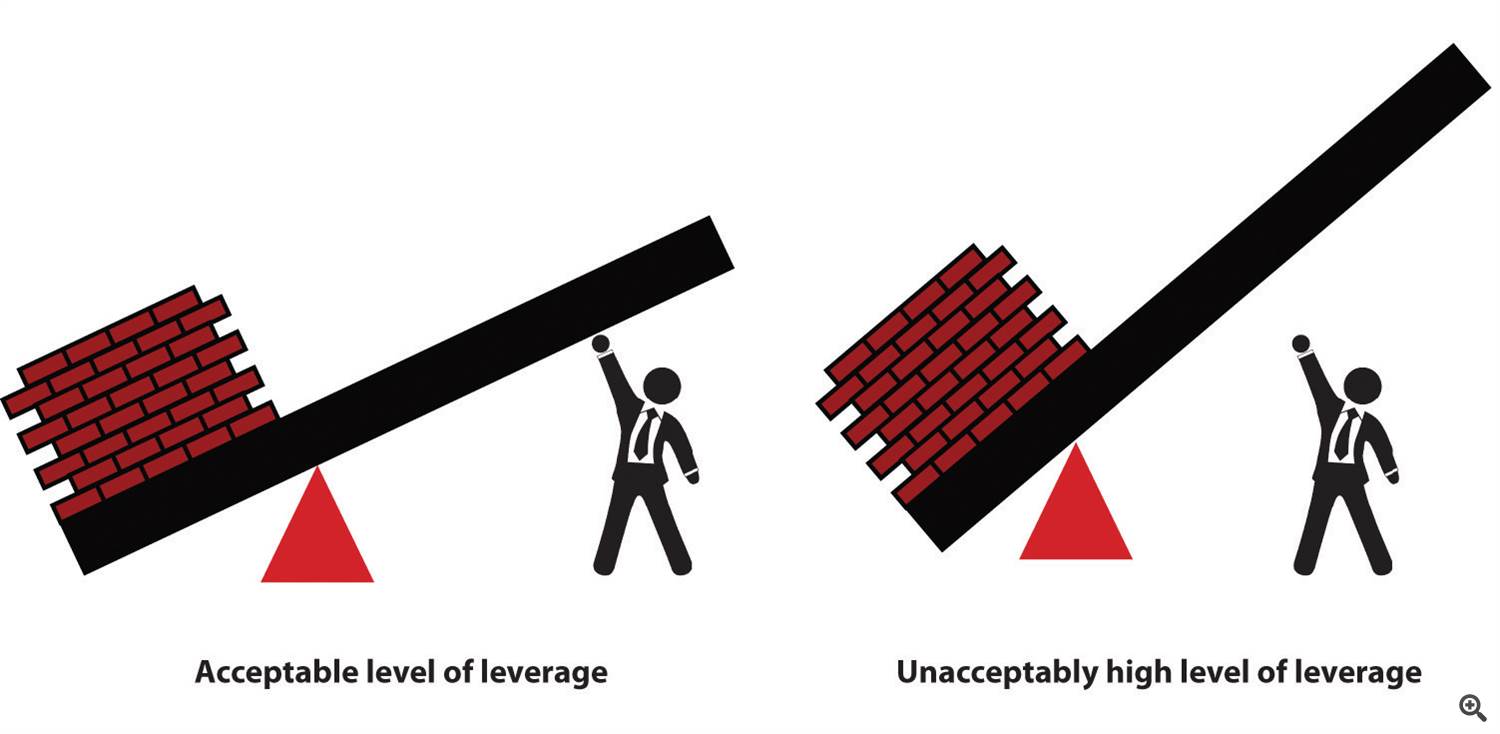So this is part 2 of my Forex Beginners series. The baby has grown up a little now and is now at an age where most people will call us kids. That's some kind of fast growing kids we have there. But yes, the part 1 is really easily being digested because any adult with a good command of English could easily read them all in 3 min and digest them in 5 min. Let the introduction stops here and head to the content of today's entry.
How do you make money in Forex?
 | In the Forex market, the main idea is to simply buy or sell currencies. The mechanism of place a trade in the foreign exchange market is very straight forward and simple. If you don't have any experience in trading, you should create a demo account and start placing trades. You should know how to do it, in about 2 min. No hidden secrets about how to place a trade. Objective Main objective of Forex trading is to exchange one currency for another currency and when that currency you bought increase in value, you sell it away and you make money out of the difference. The example below will show you a simple illustration of currency difference. |

Understand bid/ask spread
All Forex quotes have the bid and ask price. The bid price is always lower than the ask price. The bid is the price in which the dealer is willing to buy the base currency in exchange for the quote currency. This means the bid is the price at which you (as the trader) will sell.
The ask is the price at which the dealer will sell the base currency in exchange for the quote currency. This means the ask is the price at which you will buy. The difference between the bid and the ask price is popularly known as the spread.
Let's take a look at an example of a price quote taken from a trading platform:

On this EURUSD quote, the bid price is 1.11600 and the ask price is 1.11601, and the next column shows the spread 1, which is also equivalent to 0.1 points. If you want to sell EUR, you click "Sell" and you will sell euro at 1.11600. If you want to buy EUR, you click "Buy" and you will buy euro at 1.11601. This is considered a small/tight spread.
On this GBPUSD quote, the bid price is 1.52079 and the ask price is 1.52087, and the next column shows the spread 8, which is also equivalent to 0.8 points. if you want to sell GBP, you click "Sell" and you will sell pounds at 1.52079. If you want to buy GBP, you click "Buy" and you will buy pounds at 1.52087.
What is Rollover?
There's a "cut-off time" for the positions you've opened. There's a daily rollover interest rate that a trader either pays or earns, depending on your established margin and position in the market. If you do not want to earn or pay interest on your positions, simply make sure they are all closed before the "cut-off time".
Every currency trade involves borrowing one currency to buy another, interest rollover charges are part of Forex trading. Interest is paid on the currency that is borrowed, and earned on the one that is bought. If you buy a currency with a higher interest rate than the one he/she is borrowing, the net differential will be positive and you will earn funds as a result.
Ask your broker or dealer about specific details regarding rollover. Many retail brokers adjust their rollover rates based on different factors. Please check with your broker for more information on rollover rates and crediting/debiting procedures.
Note: Rollover rate is also known as swap rate.
You can easily get the interest rate information by Google for it. Or by clicking on the following link to go direct to one of the many reference online.
http://www.global-rates.com/interest-rates/central-banks/central-banks.aspx
You can do demo trading
 | Yes, you can open a demo account for free with most Forex brokers. This account usually can do everything the "real" account can do. You can trade without risk, have a feel of trading with that particular broker, so you will fall in love with them. Then you deposit real money to trade for real. The demo account allows you to test your skills, you strategy, your methods, all with ZERO risks. You should always demo trade before you put real money into trading. Trust me, you must always demo trade before you put real money into trading. Now go into "The Thinker" position, and tell yourself this. "I am very patient, very very patient forex trader." |
What is a lot?
Standard size for a lot is $100,000. There is also mini lot size at $10,000.
What is leverage?
The amount of leverage allows you to trade large amount of money. Depend on your broker, and what you feel comfortable with. The broker will usually require a minimum amount for that account. Once you have deposited your money, you will then be able trade.
For Example:
A leverage of 1:100 will mean every $1 dollar = $100 trading dollar. So if you deposit an amount of $100 in your account, your trading value can be $10,000.

Leverage is also risky, you have to be comfortable with the amount of leverage to use.
What is margin call?
In the event that money in your account falls below margin requirements (usable margin), your broker will close some or all open positions. This prevents your account from falling into a negative balance.
You deposit on your Forex account with $2,000. You open a position with 1 lot of the EURUSD, with a margin of $1000. Since you started with $2,000, your usable
margin is $2,000. But when you opened 1 lot, which requires a margin requirement of $1,000, your usable margin is now $1,000. If your losses exceed your usable margin of $1,000 you will get a margin call.
That's all for part 2 on the Forex Beginners series. It's very dry, there are a lot of information. If you are a beginner, like me, I understood 1 thing from the Forex so far. "Knowledge is Power". The more I learn the more I know, the more patient I am. And these information may translate to growth and profits.



